LEDs, which stand for Light Emitting Diodes, are an extremely low-power consumption light source. The first LEDs developed weren’t very bright and they were limited to only giving off a red color. As the technology has developed, we’re now seeing a whole rainbow of colors emerge as well as increased brightness. We’re going to show you the various types of LEDs and what makes them different and what they’re made of.
How does it work?
To understand the importance of LEDs, we first need to take a look at how they work. An LED is a diode which is the most basic of the semi-conductors. A semi-conductor is constructed with either Silicon or Germanium (which are normally insulators). These materials are then treated with a special chemical process that turns them into conductors called doping. After the doping process the conductors are able to pass a current in either direction. This is important because it allows electrons to pass to either side of the diode. The two sides of the diode consist of the p-type and the n-type and each side has a unique quality.
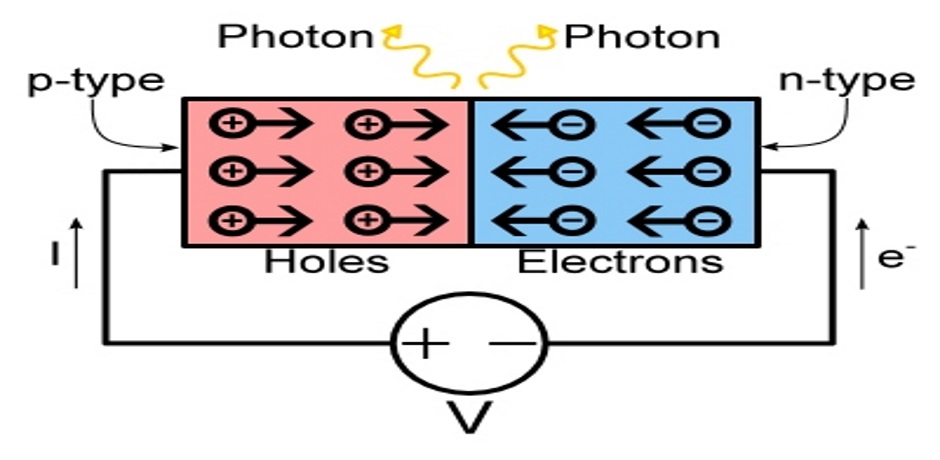
The n-type is unique because it has extra electrons while the p-type is unique because it has too many holes. When a current passes through the p-n junction it causes the electrons and holes to switch sides. As the electrons and holes recombine the result is the light that is given off.
What colors are there?
Modern LEDs give off a wonderful range of colors, so let’s see what’s actually possible.
Infrared — The wavelength of infrared is λ>760 with a change in voltage
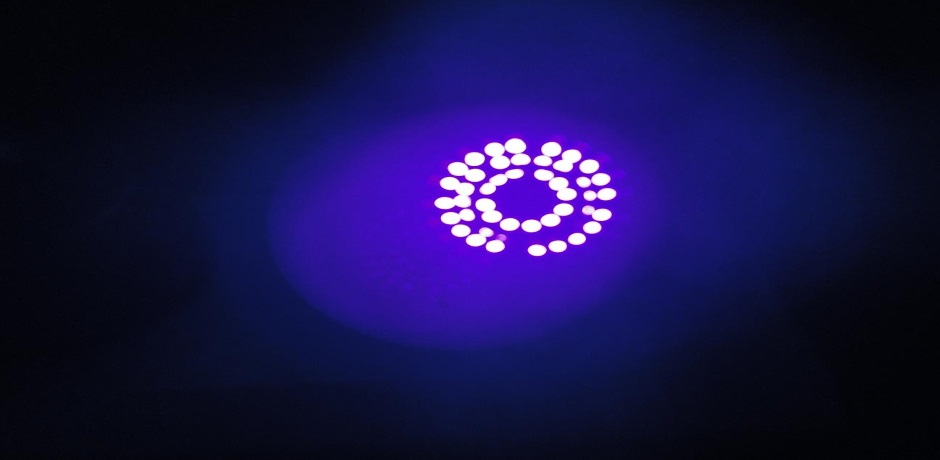
Red — The color red has a wavelength of 610
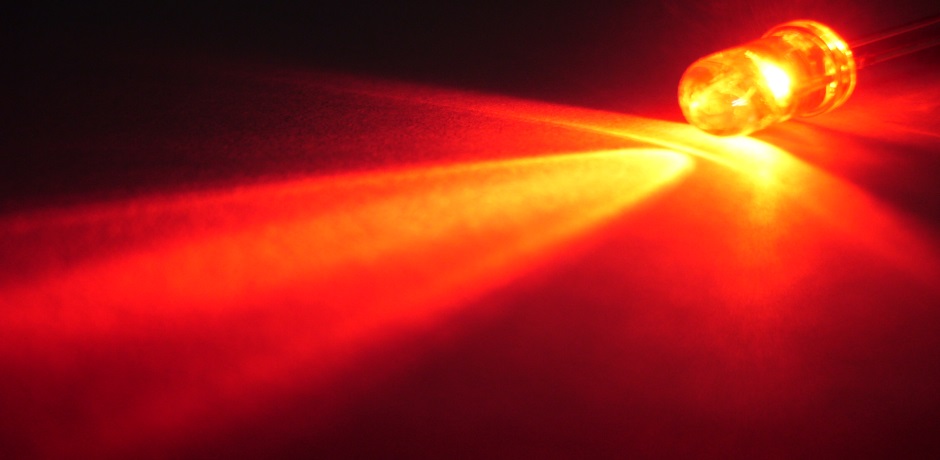
Orange — Orange LEDs produce their color in the 590
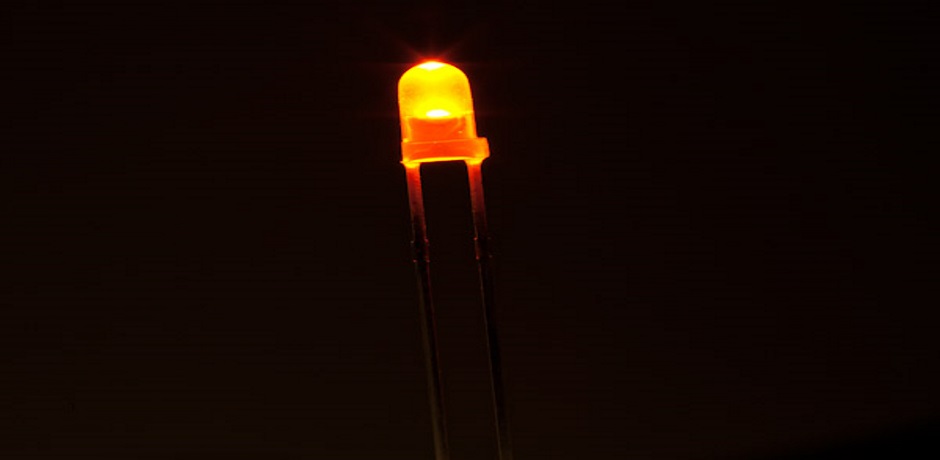
Yellow — A yellow LED produces its color in the 570
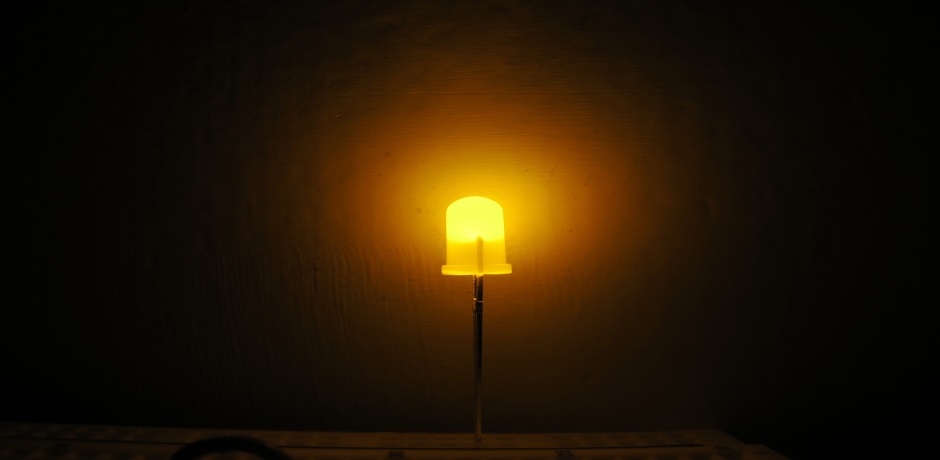
Green – Green LEDs produce light in the 500
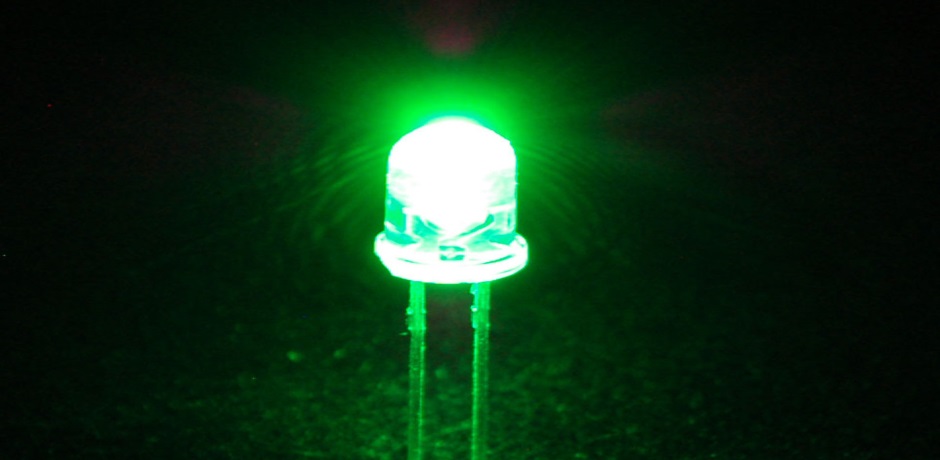
Blue — The cool hue given off by a blue LED is produced in the 450
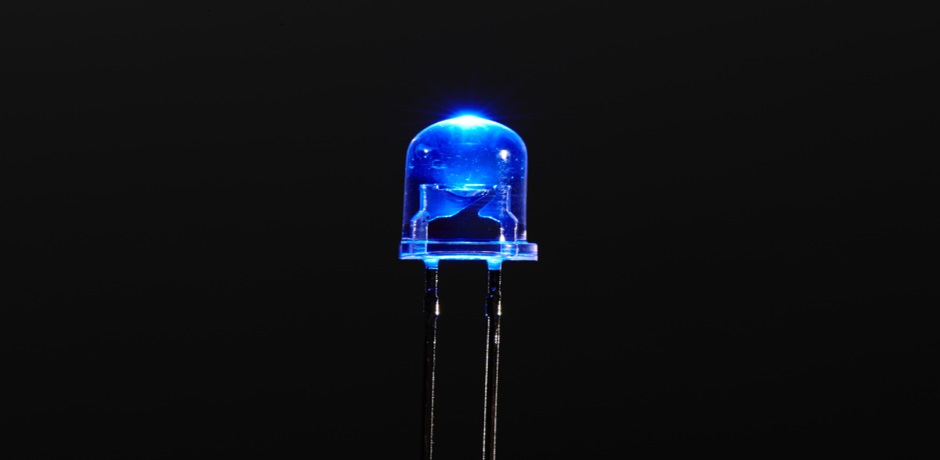
Violet — A violet LED produces its relaxing shade in the 400 λ
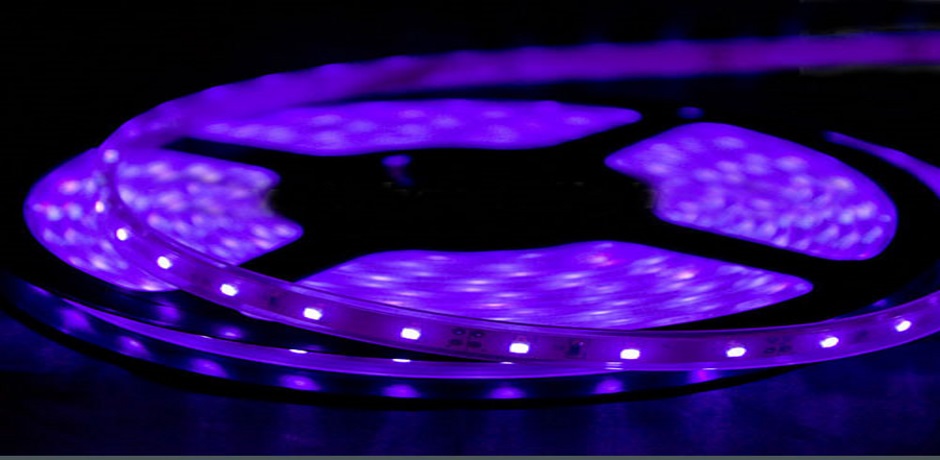
Ultra violet — Ultra violet’s invisible light is produced in the λ

As you can see, the spectrum has grown widely since that first dim red LED. There are many different combinations of LEDs as well, including an RGB LED, which is combination of red, green, and blue diodes.
LEDs have allowed us to steer away from less energy efficient lighting systems without a sacrifice in light output. We get to enjoy all sorts of bright blinky lights on our gadgets and LED lighting has even found a way into our vehicles. LEDs are also friendlier to our wallets as we have better production techniques and longer life spans for the LEDs.
Advertisement
Learn more about Electronic Products Magazine





